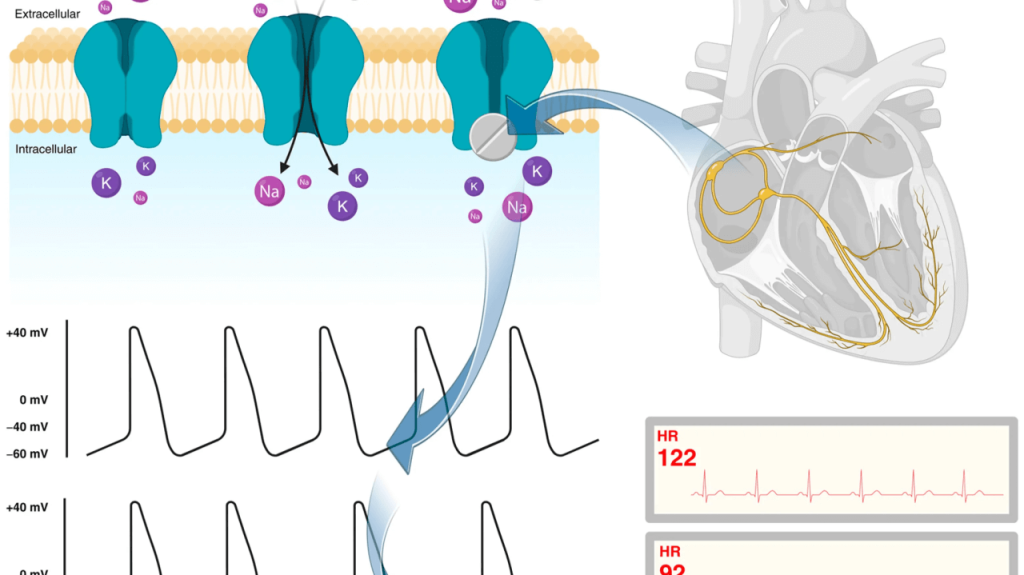Efficacy of targeting high mean arterial pressure for older patients with septic shock (OPTPRESS): a multicentre, pragmatic, open-label, randomised…
Abstract: Endo et al. conducted the OPTPRESS trial, a multicenter randomized controlled trial in Japan, evaluating whether a higher mean arterial pressure (MAP) target (80–85 mmHg) reduces mortality in older patients (≥65 years) with septic shock compared to standard targets (65–70 mmHg). The trial was terminated early due to increased mortality and adverse events in […]







